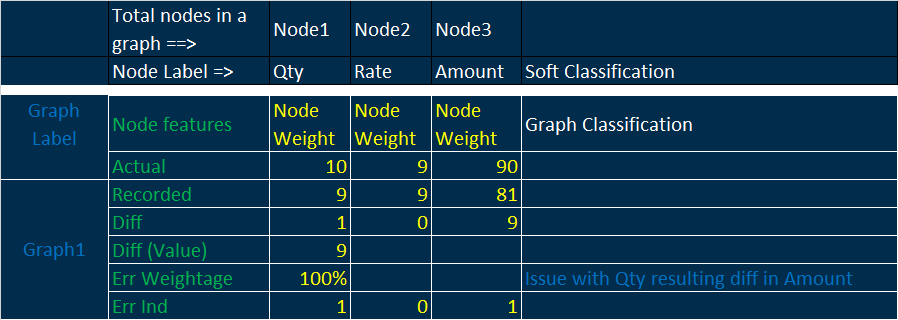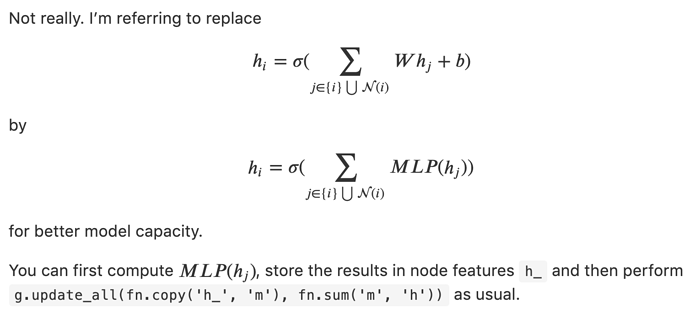From Graph Convolutional Network (GCN), we learned that combining local graph structure and node-level features yields good performance on node classification task. However, the way GCN aggregates is structure-dependent, which may hurt its generalizability.
This is a companion discussion topic for the original entry at https://www.dgl.ai/blog/2019/02/17/gat.html



